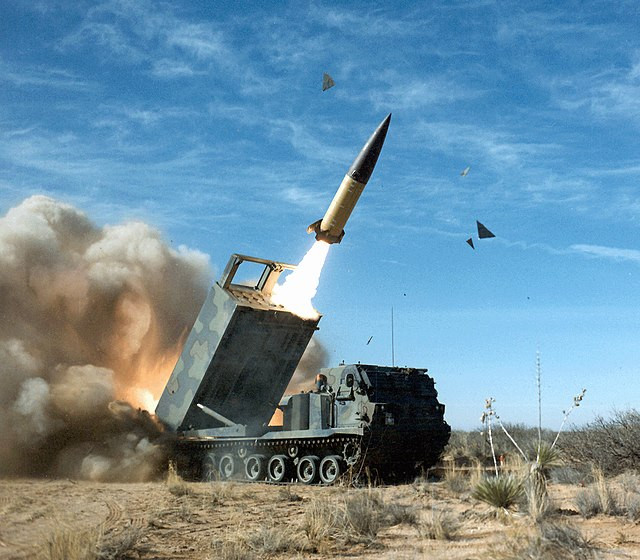Ukraine launched its first strikes using U.S.-supplied long-range ATACMS missiles on Russian territory, Russian officials said Tuesday. The move, which targeted a military facility in Russia's Bryansk region, comes just days after President Joe Biden approved Kyiv's use of the weapons, a step Moscow has repeatedly warned could lead to severe consequences.
The Russian Ministry of Defense reported that six ATACMS missiles were fired at the Bryansk military installation, with five reportedly intercepted and one partially neutralized. "Its fragments fell on the technical territory of a military facility in the Bryansk region, causing a fire that was quickly extinguished," the ministry said, adding that there were no casualties or significant damage beyond a minor blaze. The strike marks a new phase in the conflict and raises concerns over a potential Russian retaliation, given Moscow's longstanding warnings against direct attacks on its territory.
Ukrainian officials have not formally confirmed the use of ATACMS missiles but announced an operation targeting a military site in Bryansk. Ukrainian news outlets cited national security sources acknowledging the strike, though the specific weapons used were not disclosed.
The authorization for Ukraine to use American-made long-range missiles is seen by some analysts as a response to Russia's recent moves, including reportedly inviting 10,000 North Korean troops to join its forces in the contested Kursk region. According to senior U.S. officials, the Biden administration's decision reflects a heightened need to counterbalance Russia's military actions. This latest development follows similar moves by Great Britain and France, which authorized Ukraine to deploy SCALP/Storm Shadow missiles against Russian targets.
The Kremlin, meanwhile, reacted swiftly, signaling readiness for a potential nuclear confrontation. President Vladimir Putin signed an updated nuclear doctrine on Tuesday, outlining conditions under which Russia may deploy nuclear weapons. The revised policy states that any aggression against Russia by a non-nuclear state, supported by a nuclear power, would be viewed as a joint attack warranting a nuclear response. Kremlin spokesperson Dmitry Peskov emphasized, "The Russian Federation reserves the right to use nuclear weapons in the event of aggression with the use of conventional weapons against it or the Republic of Belarus, which creates a critical threat to sovereignty or territorial integrity."
Putin had previously warned that allowing Ukraine to use Western-supplied long-range weapons would signify direct involvement of NATO countries in the conflict, potentially transforming the war's dynamics. "Flight assignments for these missile systems can, in fact, only be entered by military personnel from NATO countries," Putin stated in September, further warning of escalatory consequences if NATO countries became more directly involved.
As tensions heighten, Russia's state-run Civil Defense and Emergencies Institute announced the mass production of mobile bomb shelters, dubbed "KUB-M" units. Resembling shipping containers, these shelters are designed to protect individuals from various threats, including nuclear blasts and radiation. While no explicit link was made to recent missile developments, analysts interpreted the timing as a further warning to the West.
This intensification of the conflict comes as Russian forces make gains in eastern Ukraine, aiming to consolidate territorial control. The situation adds urgency to diplomatic efforts ahead of President-elect Donald Trump's anticipated push for peace negotiations. Trump has indicated a desire to broker an agreement that could see Ukraine conceding occupied territories, with the potential withdrawal of U.S. military aid.






